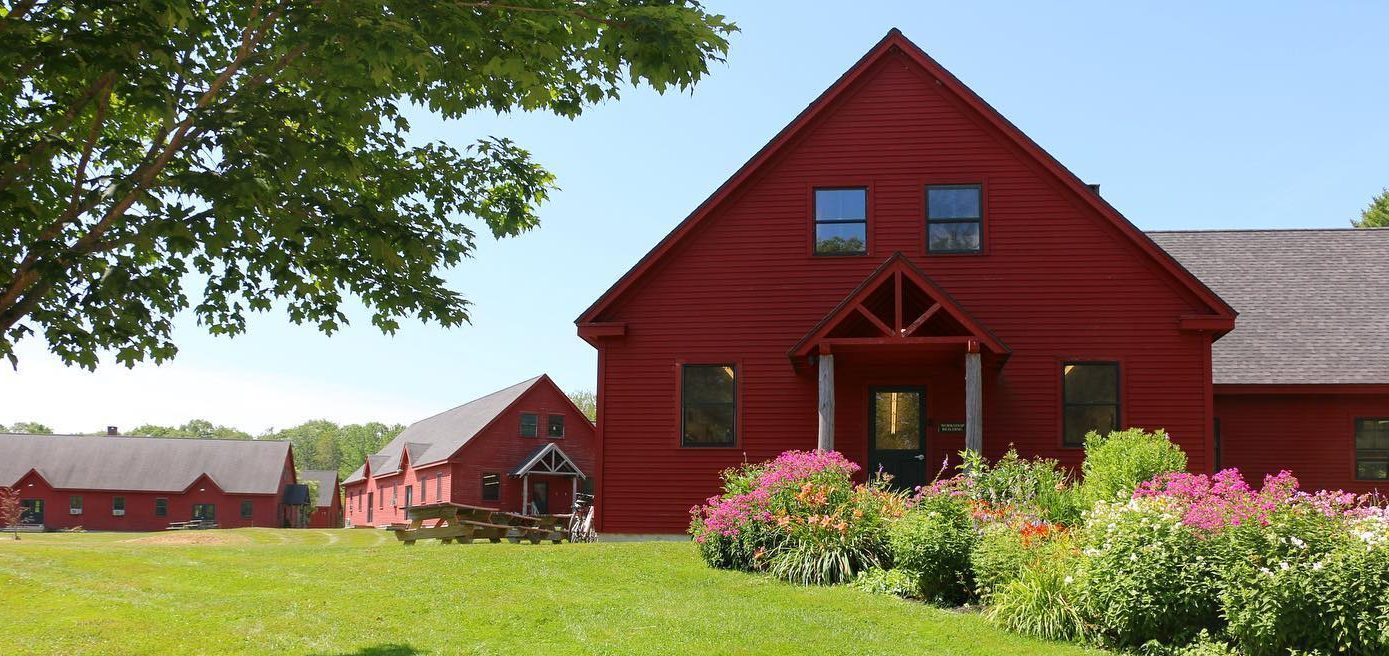Understanding Wood Stains
Wood stains serve a dual purpose: they enhance the wood’s appearance and protect its surface. A stain penetrates the surface to add color while still allowing the wood’s natural grain to show. Different types of wood accept stain differently, affecting the final look. Various factors, such as wood type, existing finish, and the stain’s composition, can impact the staining process.
Types of Stains
There are several main types of wood stains: oil-based, water-based, and gel stains. Oil-based stains are known for their durability and rich finish. They penetrate deeply into the wood, providing a long-lasting color. Water-based stains dry faster and have less odor, making them popular for indoor use. Gel stains are thicker and sit on the wood’s surface, offering more control over the stain spread, useful for woods that don’t absorb well.
- Oil-based stains: These take longer to dry, allowing plenty of time to work with the wood. They offer deep penetration into the wood fibers, making them ideal for pieces that will see heavy use.
- Water-based stains: They dry quickly and require fewer volatile organic compounds (VOCs), making them a more environmentally friendly option. They clean up easily with soap and water.
- Gel stains: Their thick consistency prevents excessive absorption, making them versatile for different surfaces. They work well on vertical applications.
Preparing for the Staining Process
Proper preparation is vital when working with wood stains. Begin by assessing the wood type and current finish. Hard woods like oak absorb stains differently from soft woods like pine. Existing finishes can also affect the new stain’s application and appearance. If the current finish seals the wood entirely, sanding or stripping may be necessary to enable absorption of the new stain layer.
Can You Stain Over Stain?
Yes, you can stain over stain, but the process requires careful preparation. The original stain color, wood type, and desired final appearance influence how the new stain will appear. Staining over an existing finish often results in a darker shade. You can’t lighten a dark stain with a lighter color without removing the existing finish first.
Choosing Compatible Stains
Compatibility between the original and new stains is essential. Water-based stains can generally be applied over existing oil-based stains if the surface is adequately prepared. Ensure the surface is clean and lightly sanded to create a texture the new stain can adhere to. For oil-based on top of water-based, ensure the surface is completely dry and prepared, as oil-based stains take longer to dry and require a rougher surface for adhesion.
Preparation Steps
Follow these steps to correctly prepare for staining over another stain:
- Clean the Surface: Remove any dirt, dust, and grease. A clean surface prevents imperfections.
- Scuff Sanding: Use fine-grit sandpaper (180-220 grit) to lightly scuff the surface. This step helps new stain adhere better.
- Remove Old Finish: If the existing finish is too thick or glossy, stripping or sanding down to raw wood might be necessary.
- Test the Stain: Apply the new stain to a small, inconspicuous area to ensure desired results.
Application Techniques
Applying stain evenly is crucial. Use a brush, rag, or foam applicator, depending on the type of stain and wood. Work with the grain to enhance the wood’s natural look. Remove excess stain with a clean rag to prevent uneven drying. For a darker shade, apply additional coats after the first has dried completely.
Troubleshooting and Common Issues
Sometimes the final result may differ from expectations. Common issues include uneven color or blotchy finishes, often due to inadequate preparation or application techniques. Ensure consistent sanding, especially with soft woods, which can absorb stain unevenly. For very blotchy woods, a pre-stain conditioner may help improve color uniformity.
If the color is still too dark after the first application, manually remove some of the stains with mineral spirits before it dries, but test this on a hidden area first. If patchiness persists, additional sanding and a fresh stain coat may be necessary.
Finishing Touches
Once the stain has dried thoroughly, apply a protective finish like polyurethane or varnish. These finishes guard against scratches and moisture and can be oil-based or water-based, like the stains. Choose a finish compatible with your stain to ensure long-lasting protection and an appealing look.
Maintaining stained wood extends its life and appearance. Dust regularly and use appropriate cleaning solutions to avoid damaging the finish. Wax or polish that complements the protective coating can add extra shine and protection.
Final Thoughts
Staining over stain is a feasible way to revamp wooden items without complete refinishing. It requires informed planning and methodical execution. Understanding the complexities of wood types and stain compatibility is crucial. With patience and proper techniques, it’s possible to breathe new life into old pieces.
